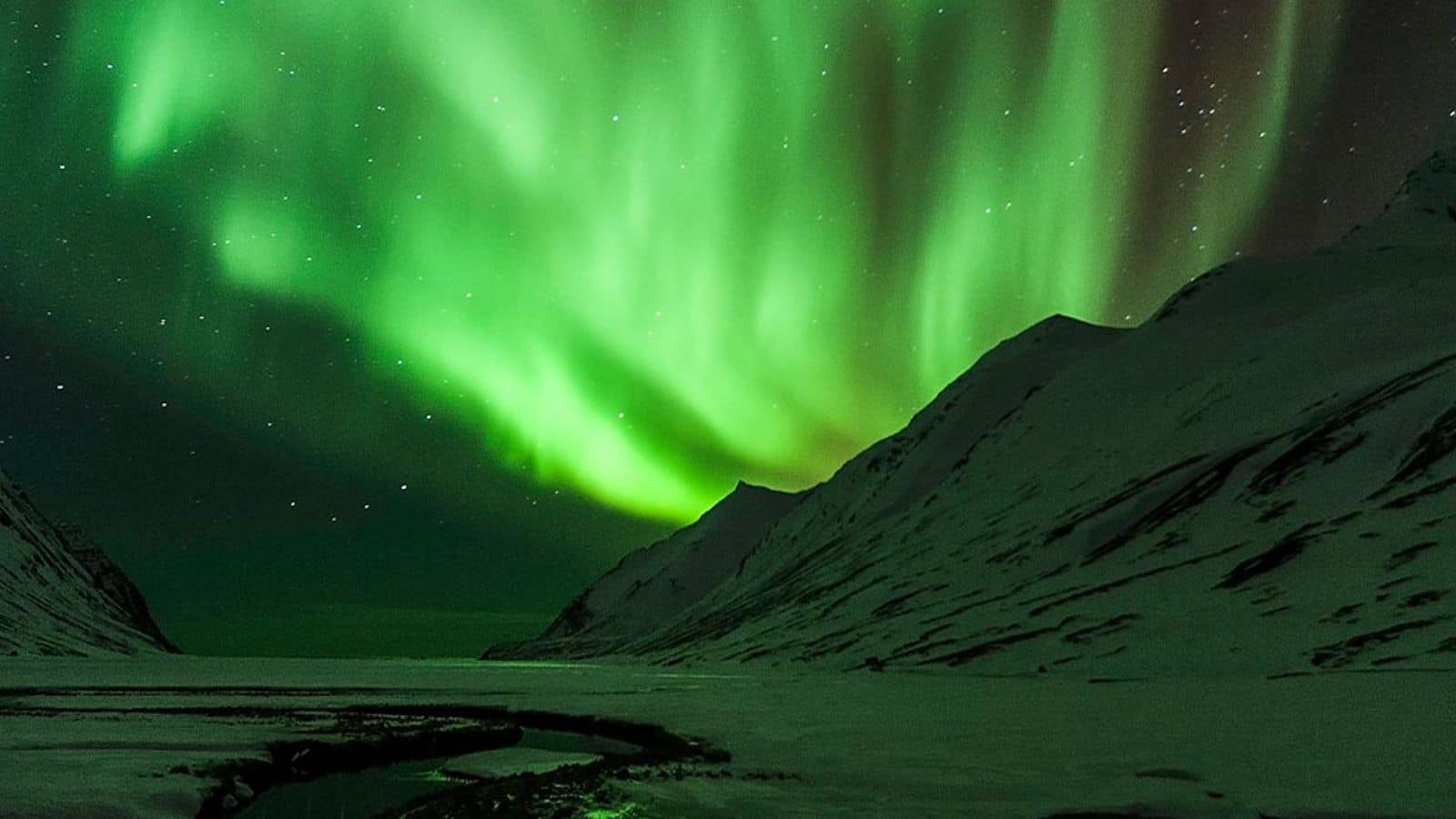
Chase the northern lights in Reykjavik, Iceland with this guide
What's the story
Reykjavik, the heart of Iceland, presents an enchanting stage for the northern lights, a natural marvel. As darkness falls, the sky comes alive with a kaleidoscope of colors that photographers dream of capturing. The city's geographical location is a prime spot for witnessing and photographing this wondrous light show as it unfolds across the nocturnal canvas.
Tip 1
Essential camera gear
To photograph Reykjavik's northern lights, a camera with manual settings is key. Choose a DSLR or mirrorless camera for the task. Employ a wide-angle lens to capture the broad sky and landscapes. A tripod is indispensable for stabilizing your camera during the lengthy exposures needed to prevent blurry images in the low light conditions of the night.
Tip 2
Optimal camera settings
Set your camera to manual mode. Use a low aperture (around f/2.8) to let in more light and set ISO between 800 and 3200 depending on the aurora's brightness. Long exposure times are crucial; start with 15 seconds and adjust as needed. Remember to shoot in RAW format for higher quality edits.
Tip 3
Dressing for the cold
To ensure a comfortable northern lights photography session, proper attire is key. Start with thermal wear and add waterproof outer layers for protection. Choose insulated boots for warmth underfoot and gloves that offer both insulation and dexterity for camera adjustments. A thick, warm hat is essential. For extra comfort while handling your camera in Reykjavik's cold, consider using hand warmers.
Tip 4
Best viewing spots
The northern lights occasionally grace Reykjavik's city center, but for the clearest view, a journey away from urban lights is recommended. Thingvellir National Park and the shores of Kleifarvatn Lake are ideal for this pursuit. These locations boast dark skies that enhance the aurora's visibility and provide captivating landscapes that serve as a perfect backdrop for your photography endeavors.
Tip 5
Timing your adventure right
The northern lights, a spectacle dictated by solar activity and clear skies, are best seen in Reykjavik from September to April. During these months, the nights are longest, offering ample opportunity for viewing. For success, monitor aurora forecasts and weather conditions closely. Stay patient and be prepared to venture out promptly when the elusive lights and weather favor your photographic quest.